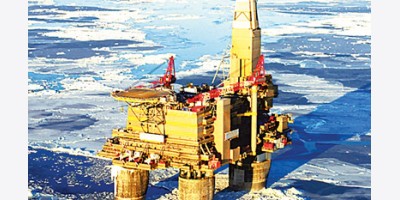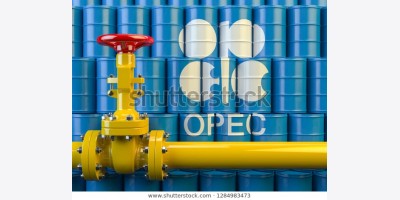Greg Sharenow, PIMCO
While markets focus on Greece, historic negotiations between Iran and the P5+1 (U.K., U.S., France, Germany, Russia and China) over the status of Iran’s nuclear program are approaching a July 7 deadline in Vienna. News reports suggest material progress has been made in addressing both technical and outstanding political issues. An agreement – or lack thereof – would have big geopolitical ramifications. But the near-term impact on oil markets is likely to be far less significant, despite Iran’s large natural gas and oil reserves.
The bottom line is that a deal with Iran would likely add only about 500,000 barrels/day to the 90-million-barrel daily oil market over the next 12 months. This would be a non-trivial amount, but not a game changer.
Our baseline is for prices to return to about $70 for a barrel of Brent Crude in 2016. Additional supply from Iran would knock roughly $5/barrel off our expectations – or less than one quarter of a standard deviation. Said another way, additional Iranian output could move prices lower, but many other factors, such as changes in global GDP or the return of Libyan oil, could prove more meaningful over the next year. What’s more, recent trading suggests the market has already priced in much of this risk.
Over the longer term, an increase in Iranian output could be significant. With investment and time, Iran could meet a greater share of global demand for oil and liquefied natural gas (LNG). It also could ship natural gas to Europe via pipeline, challenging Russia’s dominance.
The details of the contracts Iran signs with international oil companies will be telling. Depending on the terms offered to Western companies, other oil producing nations – Iraq, in particular – could feel the pressure. Increased competition for investment would be a material signal that lower prices will endure longer.
blog.pimco.com























